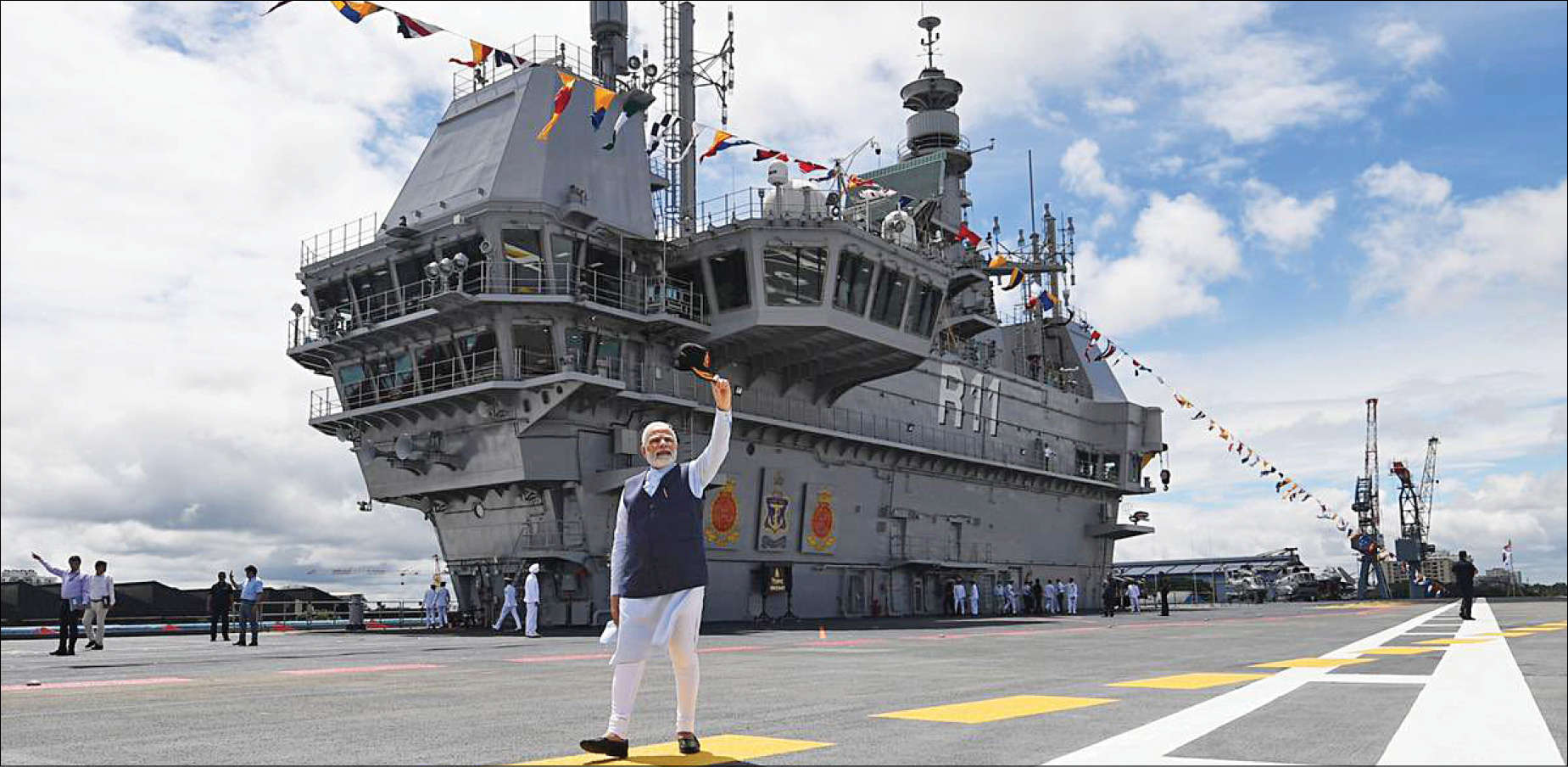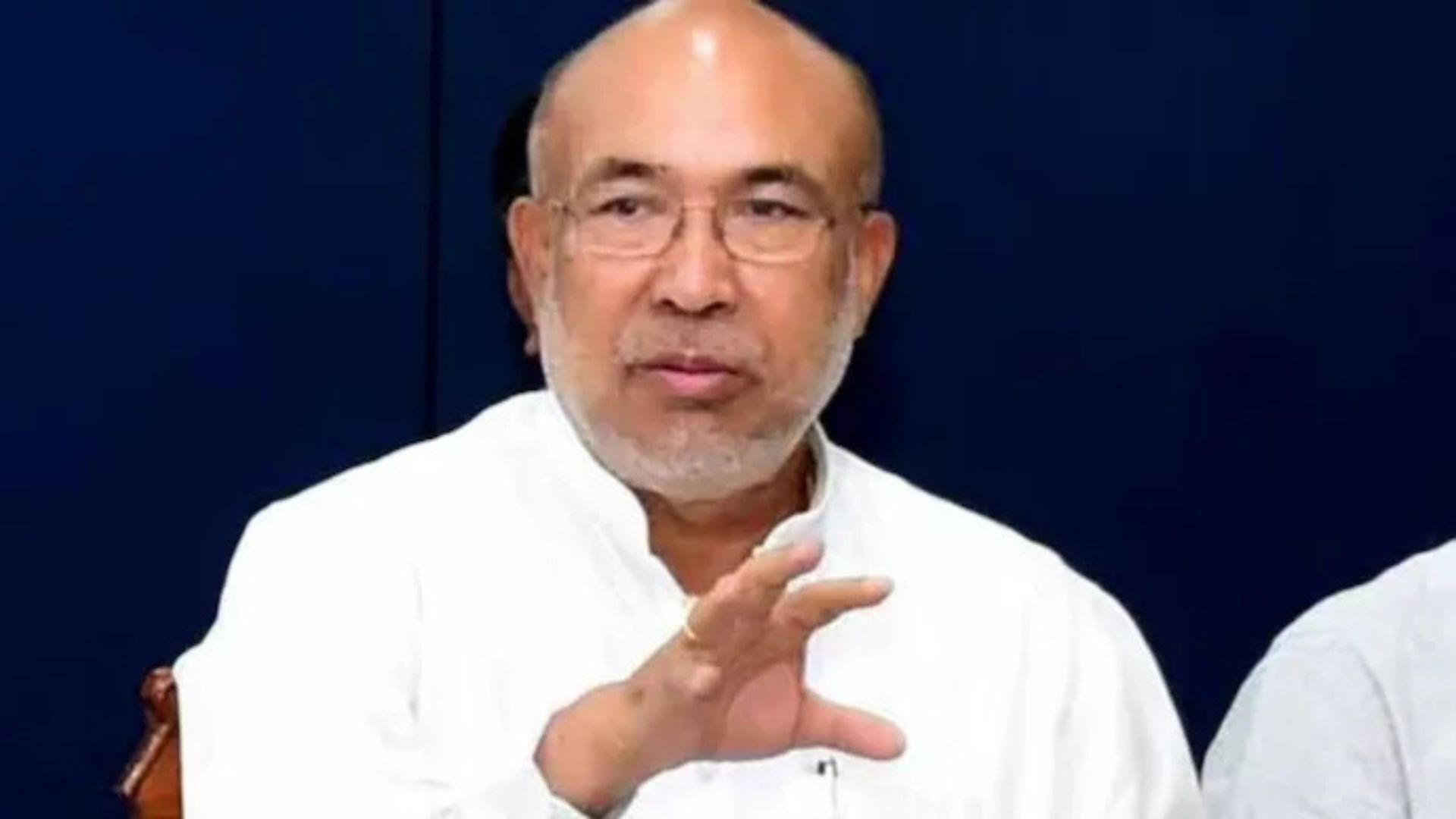
India has indeed come a long way from the time when Nehru was reported to have told the first C-in-C of Independent India, General Roy Bucher, to scrap the Indian Army as India was a peace loving country and the police were good enough. This was of course before the tribal raiders from Pakistan came knocking on Srinagar’s doors and the Indian Army was deployed overnight in Kashmir to stem the advancing marauders. He was forced to acknowledge the necessity of the armed forces with a belligerent Pakistan determined to do whatever it took to keep India engaged militarily. Nehru engaged a British Operations Research scientist PMS Blackett to recommend measures to modernise the Indian Armed Forces. Blackett recommended only a tactical IAF with emphasis on Air Defence, a Navy without any aircraft carriers or destroyers and an Army without any complex weapon platforms.
All this was based on the assessment that India had no threat except from Pakistan. Nehru, however, was conscious of India’s position astride the Indian Ocean, and was wholly in favour of a strong Navy. Incidentally, the Indian Navy was the least Indianised Force and had a British Naval Chief till 1954. The senior most Naval officer was Lieutenant Commander DN Mukherjee. 33 Warships with about 1300 personnel under 15 officers was what the Indian Navy had at the time of partition. HMIS Delhi was commissioned in Sep 1948. Three R class Destroyers and one landing craft were transferred from the Royal Navy in 1949 in a mutually beneficial arrangement against the war time credit surplus owed to India. This was however totally inadequate to meet the rather ambitious charter of the Indian Navy which included safety of Indian shipping, coastal defence protection, escorts and assault craft for landing on hostile shores and in conjunction with the IAF, protection against an invasion Force. India got its first aircraft carrier, INS Vikrant, a refurbished version of the British HMS Hercules in 1961. It was in service till 1997 and scrapped in 2014 when it could no longer be maintained as a museum.
On 2 Sep, fittingly in accordance with the Indian concept of reincarnation, INS Vikrant was launched by the PM in Kochi. Sea Mariners believe that Ships too have souls, and that the soul of our first aircraft carrier has been transmigrated into this spanking new platform that is 261 metres long and 62 metres wide.
It is a veritable floating city that can sustain itself independently equipped with 32 air defence Barak Missiles, the Mareech torpedo defence system and Kavach anti missile system. Its main offensive power is of course the 30 aircraft that it can carry on board. The 76% indigenous content achieved, especially in production of war grade steel, is a true testament to how much India has succeeded in overcoming the limitations of having been bypassed by the industrial revolution. An aircraft carrier does not operate alone and has escort destroyers, frigates, minesweepers and corvettes and even submarines forming a potent CBG or Carrier Battle Group carrying a potent punch even while operating far away from its own shores. Little wonder that China has built three aircraft carriers with two more on the way as it strives to challenge the dominance of the US Navy which has 11 aircraft carriers.
So what is next for the Indian Navy? The Indian Navy has always been seeking a minimum of three aircraft carriers – one each for the Western and the Eastern Seaboard and one on maintenance/ refit. Indeed, India’s other aircraft carrier, INS Vikramidtya is undergoing refit right now a process which takes two to three years. In the 1962 war it had no role to play since even the IAF was not called upon to play an offensive role. During the 1965 war, INS Vikrant was left out of battle since it had been undergoing refit. The 1971 war was however another story and the INS Vikrant was based in the Eastern Seaboard, playing a major role in blockading East Pakistan. A third aircraft carrier for the Indian Navy is therefore very much on the cards with the CSL’s Chairman and Managing Director promising 86% indigenisation and thereby a huge multiplier effect on the economy when sums of the order of Rs 20000 crores are spent.
However, not everyone agrees that the aircraft carrier is the best way to project power especially for a country like India with a traditionally defensive mindset. They argue that aircraft carriers are inherently vulnerable and susceptible to sneak attacks by submarines, unmanned subsurface vehicles, and drone swarms that can evade most air defence systems. They suggest that our littoral islands in Andaman and Nicobar and Lakshadeep are better suited for development as ‘land aircraft carriers’ much like what China has done in the South China sea by developing shoals and rocky outcrops into Naval Bases.
There is merit in these contrarian views. However, it needs to be understood that in strategic issues intent is important. In fact, there is a need for another amphibious landing ship like the INS Jalashwa, acquired to overcome the limitations of our disaster response after the 2004 Tsunami from the US, to truly project power by ensuring boots on ground. Our late President Abdul Kalam when asked about the dichotomy of a ‘peaceful’ India seeking nuclear weapons after Pokharan-II, famously stated that might respects might. When, India had announced the Mountain Strike Corps in 2012, Chinese observers had commented upon the paramountcy of decision making rather than war waging weaponry calling attention to the timidity of Indian strategic thinking. There is little doubt that India has made a statement to the World about its seriousness in contributing to maritime security in the Indian Ocean Region. The timing cannot have been more fortuitous with India overcoming the UK to become the Number four economy in the World. The Asian century beckons.















